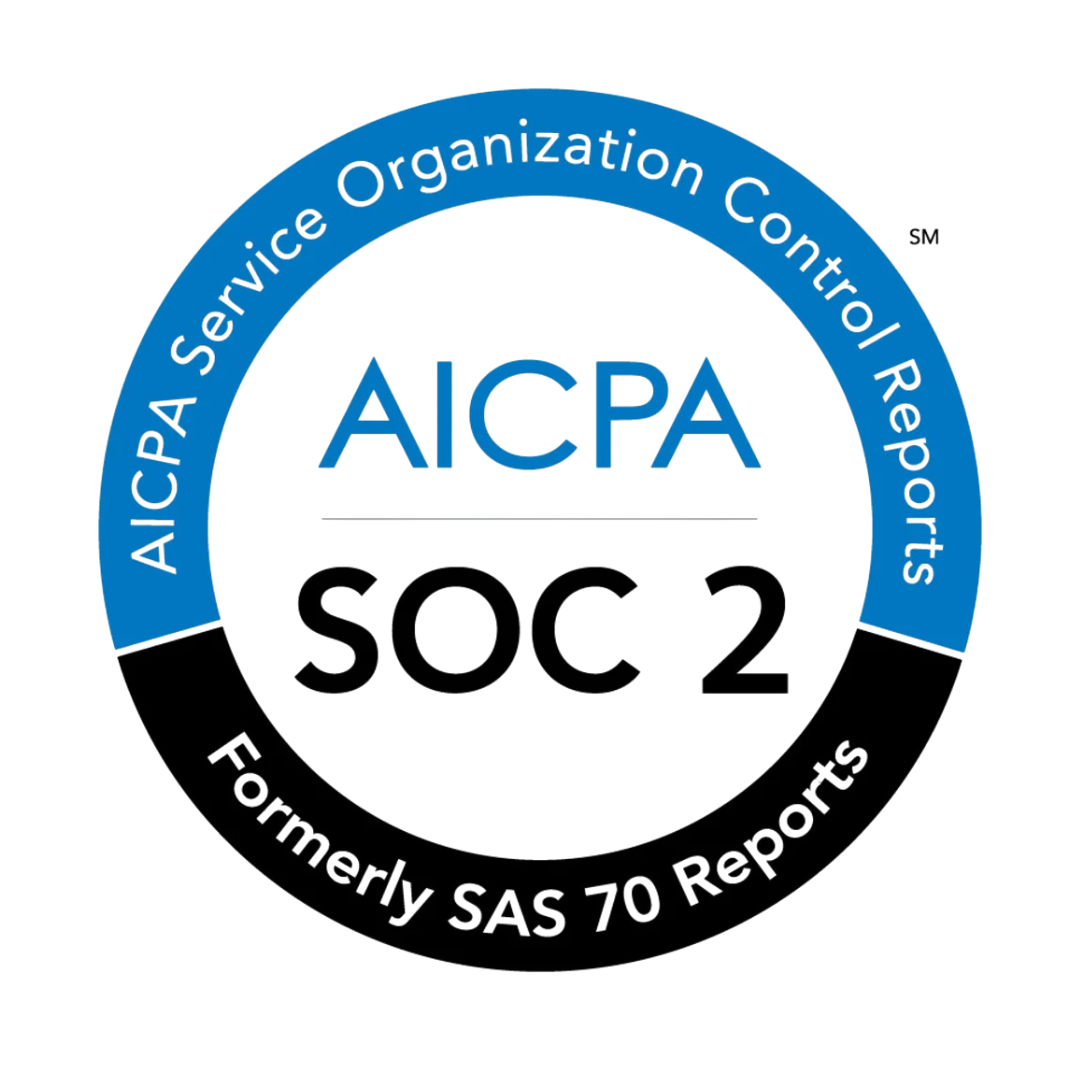
For most sectors, there is a small set of investors that specialises within that space. Such investors are easy to identify by virtue of their historical investing pattern, which shows a large percentage of total investments in a given sector. In the below post, we distinguish between sector familiarity and specialisation (while also explaining how B2B Software is a unique mega sector).
Familiarity vs. Specialisation
Investors that are familiar with a given sector are ones that have made several investments in that space. As an example, investors that have made a minimum of "3" investments in Fintech are familiar with that sector. Such investors can be easily identified using the "Minimum # of Investments in Selected Sectors" filter.
Investors that specialise within a given sector are ones that are concentrating their overall investments portfolio within that space. As an example, investors that have made 10%+ of their total portfolio investments in Fintech are specialising in that space. Such investors can be easily identified using the "Minimum % of Investments in Selected Sectors" filter.
Our product documentation brings further clarity on how to identify and when to pursue investors that specialise in a given sector (versus ones that are familiar with it).
Historically, founders have relied on word of mouth to identify sector specialists. As the venture landscape matures, founders are increasingly relying on empirical data to determine sector specialists. This is best achieved via two distinct methodologies.
Pursuing Sector Specialists
In our conversations with thousands of founders that are actively raising, we observe a pattern whereby founders report high-fidelity and high-context conversations with investors that specialise within their sector. This trend seems to be most prominent with founders that are building in niche sectors (I.e. robotics, productivity software, etc.). Below, we have shared examples of sector specialists that have deep expertise within their spaces:
- Goodwater Capital: With more than 30% investments in Consumer, Goodwater is best known for deep expertise and specialisation within Consumer.
- QED: With over 40%+ investments in Fintech, QED brings deep expertise within Fintech (enabling them to lead 50%+ of all Series A rounds in which they invest).
In most scenarios, founders find it particularly useful to engage with sector specialists that really understand the space and can engage from a position of deep industry knowledge. In some cases, however, it may become critical to pursue sector specialists:

Recommended Treatment for B2B Software
Historical data on venture activity shows that about ~70% of all rounds over the past decade came from companies building in the B2B Software segment. In the realm of B2B SaaS, companies should be able to target a broad variety of investment firms (as most investors are open to investing in B2B SaaS).
Within B2B SaaS, however, there may be specific sub-sectors that require or benefit from sector specialisation. Examples may include enterprise software or productivity software whereby there may be important attributes that are unique to that sub-sector. Therefore, B2B SaaS founders might be best off considering investors that specialise within a given sub-sector.

For most founders, Series A will be the first “priced” round whereby the Company’s valuation is explicitly determined before new investors purchase shares. Most Series A rounds are led by well-known institutional investors that have previously had significant investment experience.
It is commonly believed that the market for Series A financing has been particularly tough after the market downturn of 2022. To challenge this view, several industry observers have explained that the contraction is a “return to the normal” whereby venture activity has returned to the same levels as before the ZIRP eta. Historical data on venture activity corroborates this viewpoint.

Stage Expectations
At Series A, investors evaluate investment opportunities based on growth and traction metrics. Most investors expect a detailed data room that clearly lays out key trends in the financial, growth and traction performance of the Company. The specific nature of the metrics and the content for the data room varies significantly by sector and by business model.

Ultimately, Series A rounds are focused on a compelling forward-looking growth narrative. Historical growth matters to the extent that it can be used as a proxy to project future growth.
At the lower end. SaaS companies have successfully raised Series A rounds with only $0.5-1m in annualized run rate (with 100-150% year-over-year growth). On the upper end, companies have shown $3-3.5m in annualized revenue run rate (with 500%+ year-over-year growth). These benchmarks vary significantly based on business models, sectors and geography.
Stage Objectives
At Series A, companies are raising capital to double down on a validated market opportunity. At this stage, capital is typically deployed to achieve 3-5x revenue growth (over a 12-24 month time-frame).
For operations-heavy businesses, demonstrating the right level of progress on unit economics will be a key objective. For B2B SaaS companies, top-line growth will be a critical evaluation criteria. In most scenarios, founders will want to set measurable objectives for the round that will qualify the Company for the next stage.
Round Size & Valuations
Based on industry benchmarks and our market research, Series A rounds for B2B SaaS companies in the US range from $5-20m (with the median coalescing around $10m). The below chart from Carta provides an overview of median round sizes from 2020-23:

Valuations and round sizes at Series A have remained fairly consistent in recent years. We do, however, see significant fluctuations across sectors:

Optionality at Series A
At Series A, founders have a lot more optionality than they do at Pre-Seed, but a lot less than at Seed. This is because a fairly limited number of investment firms specialize at Series A. The below chart shows the total number of active investors in the US that specialize at Series A:

The above chart draws on US-based investors that are actively investing, that have made at least 10 lifetime investments, and that have made at least 25% or more of their total investments in the specific stage mentioned above (to qualify as a stage specialist).
Investor Types at Series A
Unlike other rounds, VC firms tend to play a much bigger role at Series A than they do at Pre-Seed or Seed. About 60% of all venture investments at Series A are from VC firms.

Intuitively, the above data makes sense given that round sizes are larger at Series A, requiring a deeper and more nuanced ability to navigate the risk-reward dynamics.
Investors to Target
At Series A, the biggest challenge is to find a lead investor that can then coalesce other investors into the round. Based on data shown above, the number of investors participating in Series A rounds tends to be much larger than those leading.
Founders, therefore, need to start their search with a focus on identifying the right lead investor. For founders, a common pitfall to avoid is the inclination to engage non-lead investors in a Series A process when the Company hasn’t yet secured a lead for the round.
Summary
Series A is different from prior rounds – there is generally less optionality, investors lean in heavily on traction and operating data, and finding a lead is particularly important given the round size. In navigating these dynamics, a strong focus on being super targeted on the “most likely” investors gives founders an important edge.

As a round type, pre-seed dates back to the very beginning of venture capital. In recent years, however, pre-seed has become the fastest growing round type, responsible for 20%+ of all venture rounds globally. In the below post, we look to understand pre-seed from an empirical perspective.
Stage Expectations
At pre-seed, investors have varying expectations – accelerators commonly invest in companies that do not yet have revenue or product. Other venture investors tend to expect some form of market validation or an early prototype.

Demand validation can often take the form of pre-orders or rigorous customer feedback. The quality and extent of customer feedback often varies considerably, depending on the nature and the type of product.
For hardware companies, pre-orders or contracted revenue is often used for demand validation. In the software category, a small set of engaged freemium users or paying customers is typically a strong indicator for latent demand.
At pre-seed, the bet is primarily on the team, the market opportunity, and some evidence evidence of latent demand. A well-defined prototype coupled with some early evidence of latent demand are often the primary expectations at pre-seed.
Stage Objectives
Most commonly, pre-seed rounds provide capital for founders to build a product and achieve preliminary market traction. These two outcomes typically qualify companies for a seed round, which then provides larger amounts of capital to further develop the product and grow the business.
At pre-seed, founders should have crystal clarity on their objectives for the raise. This should be laid out clearly in the initial deck, often with an advanced level of detail. In some sectors, the objective from the pre-seed round may be different, and may require founders to first develop an understanding of what they need to get to the next round.
Round Size & Valuations
According to Carta, which provides software for cap table management, a vast majority of pre-seed rounds in the US tend to be in the $1-2m range.

As per Angel’s List, which powers the cap table solutions for thousands of startups, pre-seed rounds in the US have been raised at the $5-10m valuation.
The above charts show round size and valuations at an industry level. These vary significantly based on sector, geography and the overall opportunity.
Activity Levels at Pre-seed
Over the past two decades, pre-seed rounds have transitioned from being quite rare to becoming extremely common. In recent years, there have been more pre-seed financings globally than there have been Series A rounds. Pre-seed is now the second most common type of venture round (second only to seed).

Growth in the pre-seed category is driven primarily by fund managers looking to invest in companies at the earliest stages when valuations are the lowest. Historically, venture returns have been highly concentrated at the earliest stages, resulting in incrementally larger numbers of pre-seed rounds with each passing year.
Limited Optionality at Pre-seed
A closer look at the data reveals that pre-seed activity is highly concentrated within a small pool of investors. Specifically, while pre-seed rounds take place in larger numbers than Series A financings, the total number of investors specializing at pre-seed is about one-third that of Series A.

The distinctive element at pre-seed is that there is a small number of investors that specialize at pre-seed. Each of these investors is making a large number of investments each year to spread out the high risk at pre-seed across a broader distribution of companies. This trend is consistent with our understanding that pre-seed investments tend to be experimental in nature (with failure rates typically ranging in the 50-90% of all financings).
The above landscape makes it critical for founders to rely on data, and not on hearsay, to correctly identify investors that specialize at pre-seed.
Investor Types at Pre-seed
Another distinctive element at pre-seed is that accelerators are responsible for >35%+ of all pre-seed rounds globally.

For first-time founders, accelerators also play a crucial role in creating an enabling environment that allows companies to benefit from network effects and embark on a shared learning journey. This is often seen with large accelerators, such as YCombinator and Techstars. The sheer size of such accelerators creates network effects that allow companies to learn from one another and to use the community to secure their early customers.
Sector Overview at Preseed
At pre-seed, most investors tend to be open to a broad spectrum of sectors; however, most investors have a clear concentration in specific areas. This concentration is sometimes due to market forces whereby they receive deal flow from companies in a given sector.
More commonly, however, the concentration of investments in specific sectors is linked to an accelerator’s strategy whereby they are excited about a given opportunity space and are concentrating their capital deployment in that space. The below chart shows the overall distribution of pre-seed activity from 2019-24 across sectors:

Investors to Target
It is fairly common for pre-seed founders to pursue seed-stage investors. Similarly, seed-stage founders also commonly engage with pre-seed investors. A stage mismatch is among the most common reasons for why investment discussions may not result in a positive decision.
At pre-seed, founders need to be laser-focused on investors that have three characteristics:

Summary
Being laser-focused on the right type of investors is the highest leverage activity in a fundraising process. With the right set of “most likely” investors, founders report higher conversion rates at every step of the funnel. Such investors are a lot more likely than others to review online applications, take introduction requests and meet with founders.


















